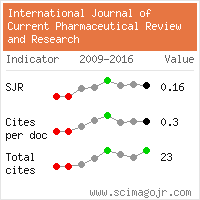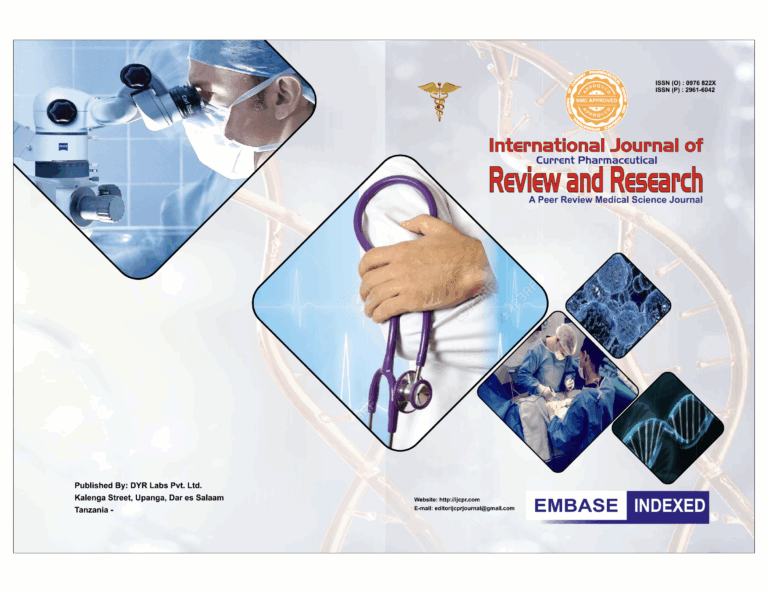Background: Flavonoids isolated from plants have demonstrated an important role in cancer chemoprevention and chemotherapy. The genus
Cromolaena has been shown to have active principles against this disease and found in species such as
C. odorata, and
C. laevigata in a concentration lower than 100 mg/L, however, flavonoids from
C. leivensis has not been studied completely as an alternative in cancer treatment.
Materials and Methods: The (2R)-5,7-dihydroxy flavanone or (R) Pinocembrin was isolated from leaves of
Chromolaena leivensis (Hieron) using chromatography methods. Its structure and relative configuration were determined by NMR spectroscopy, gas chromatography coupled to mass spectrometry and X-ray diffraction. We evaluated the (R) Pinocembrin effects on cell proliferation, morphology, DNA damage, and cell cycle progression of cancer cell lines
Results: The compound showed a decreasing cell proliferation rate against HT29, PC-3, A549, MDA-MB-231, and SiHa cancer cell lines with an IC
50 values between 58.9 mg/L, and 30.9 mg/L, causing alterations in the stability of the cytoskeleton and G1-phase cell cycle arrest without affecting significantly the DNA integrity.
Conclusion: The (R)-Pinocembrin is a potential molecule to be used in the treatment of cancer with an action on the cytoskeleton. Our study indicate that the medium polarity fraction obtained from
C. leivensis is a promising fraction which could be used as in the treatment of cancer, especially as a coadjuvant.


